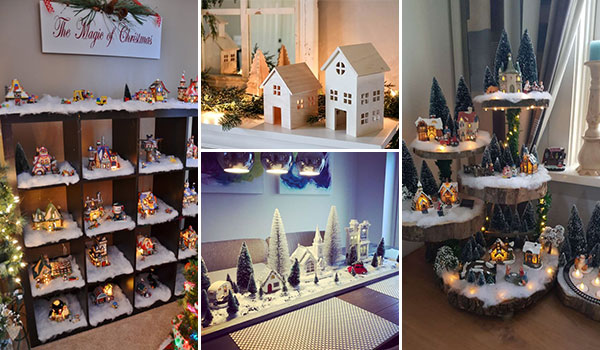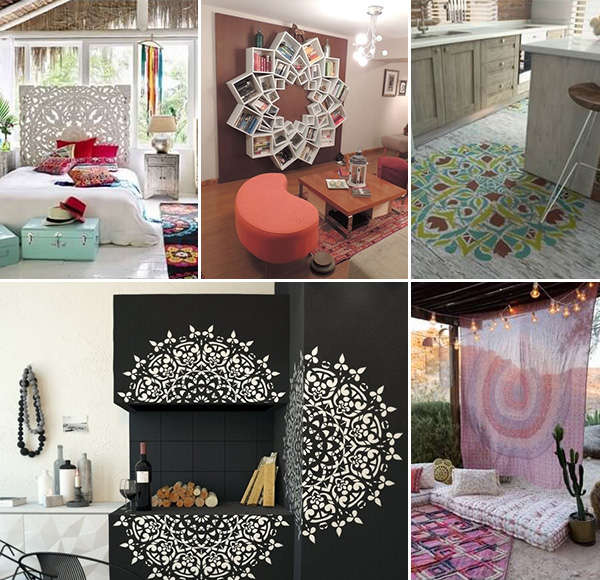The Cost, Pros and Cons of Butcher Block Countertops | A Complete Guide
Let’s talk about Butcher Block Countertops – their Pros and Cons, and how they measure up against other kitchen surface options. Are they durable? Are they expensive? Here’s why you might like them, along with a few downsides to ponder.
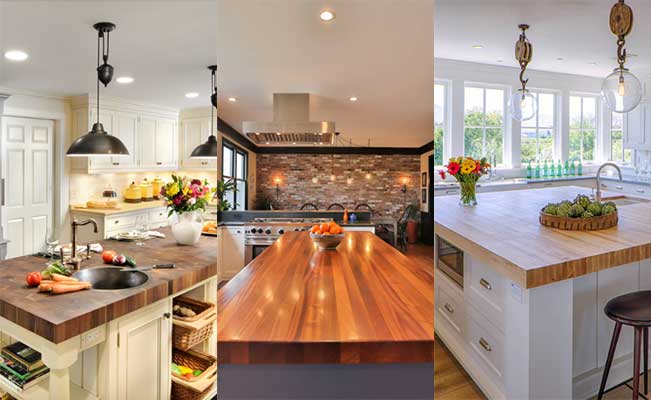
What is Butcher Block?
People often wonder if butcher block is the same as wooden countertops. The simple answer is no. While both use wood, not all wooden countertops are the same as butcher block.
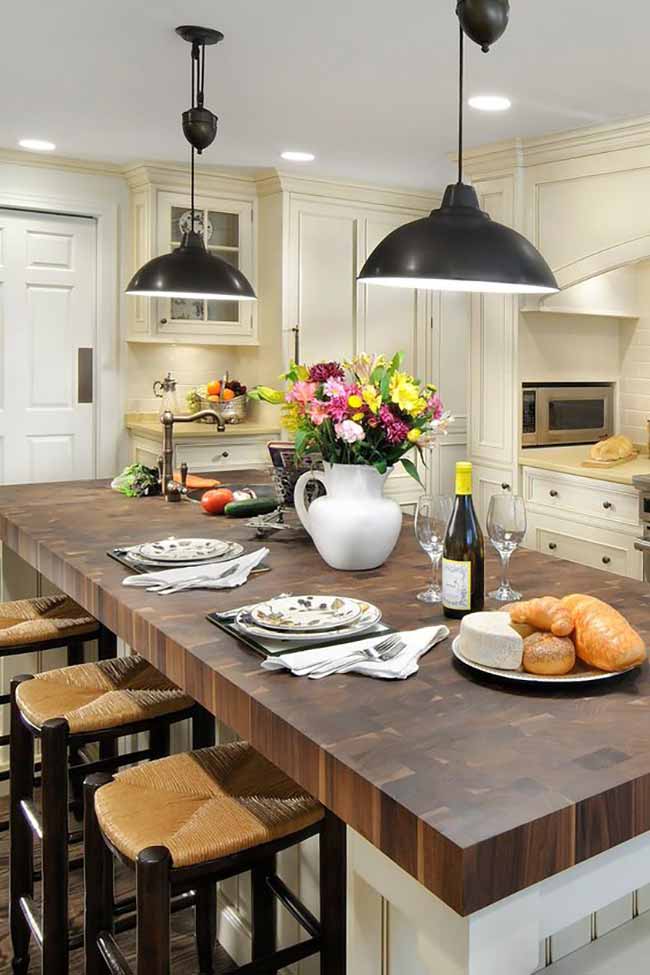
Regular wooden countertops are like giant wooden planks, set up much like you’d arrange them on a dresser or a desk. They come in various wood types and offer a wide range of choices in terms of wood colors, grains, textures, and styles. They can be stunning to look at and can complement different kitchen designs. However, they’re not as tough and durable as butcher block, lacking the same functionality.
Butcher block, on the other hand, is made by gluing thick strips of sturdy hardwood together to create a robust kitchen surface. Originally designed for professional butchers, it can withstand daily kitchen use. While maple is the common choice for butcher block, you can also find oak, acacia, and bamboo, all being sturdy and reasonably priced materials.
You’ve got three grain options for your butcher block: edge grain, face grain, and end grain. Edge grain, the most popular, involves turning planks on their side and gluing them together with the long edge facing up, creating a rugged, appealing appearance.
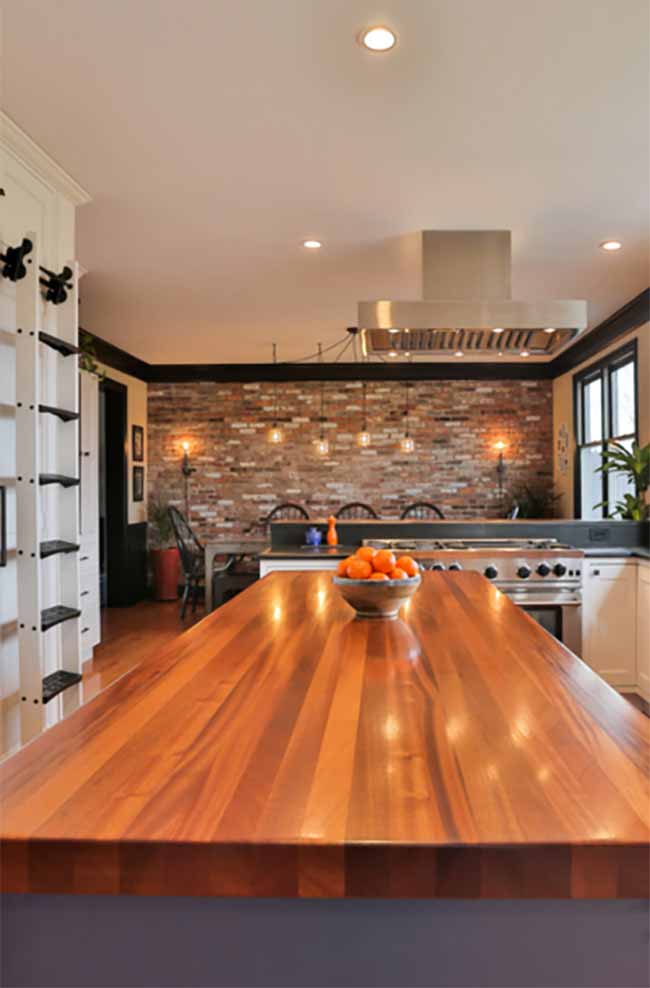
1. Face grain is when boards are placed face up, somewhat like hardwood flooring, but it’s not as durable.
2. End grain is made using plank ends, resulting in a complex, mosaic-like surface that’s quite tough. However, it’s the priciest option because it requires more labor and materials to produce.
3. Edge grain butcher block is strong, durable, and aesthetically appealing. Planks laid on sides create a rustic yet functional surface.
The Cost of Butcher-Block Countertops
A butcher block countertop won’t break the bank. The materials cost just $20 to $60 per square foot. This is way cheaper than other options like stainless steel ($50 to $150), glass ($25 to $100 per square foot), concrete ($25 to $75 per square foot), marble ($40 to $100 per square foot), and quartz ($50 to $200 per square foot).
If you’re up for it, doing it yourself can save even more. Hiring professionals usually adds $5 to $10 per square foot to the bill. But DIY-ing a butcher block countertop is pretty doable. You cut wood sheets with a circular saw, make sink and fixture holes, and then screw the pieces onto a cabinet – not too tricky for handy homeowners.
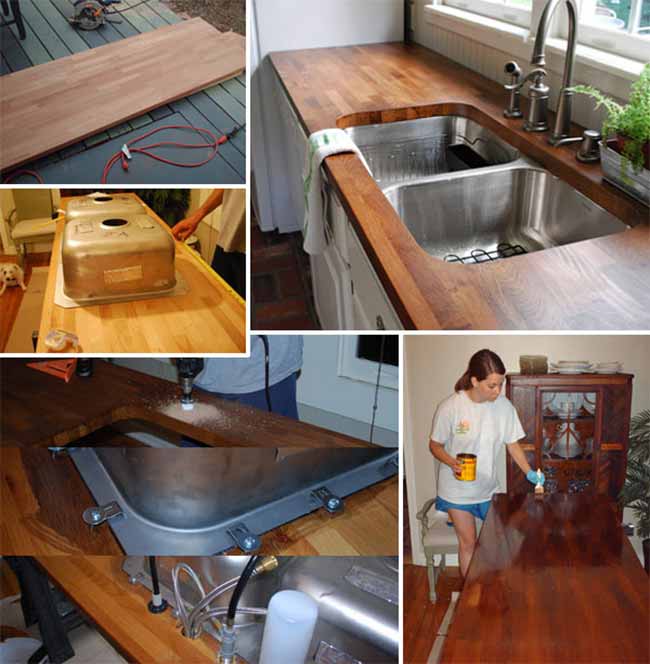
The Pros and Cons of Butcher Block Countertops
Pro 1: Easy Cleaning
Butcher block countertops offer hassle-free cleaning using everyday items. While soap might leave streaks on glass or stainless surfaces, and acid-based cleaners can harm quartz countertops, they work perfectly on butcher block. For routine cleaning, scrape off food bits with a plastic spatula. Then, use a dish sponge soaked in a solution of 2 cups of warm water and 1 teaspoon of dish soap to wipe it clean. Vinegar does the job too, both cleaning and disinfecting the surface. For stubborn stains, sprinkle table salt, then rub with half a lemon.
Pro 2: Variety of Choices
With butcher block, you can tailor your countertop to your style. Unlike the uniform look of glass or stainless steel, you have the freedom to choose the wood type and grain that suits your kitchen’s character. Various hardwoods offer distinct colors and personality to your countertop and overall kitchen design. Teak and cherry create a dark and dramatic effect, oak evokes a classic, colonial ambiance, and blonde bamboo is a sustainable choice for modern homes.
Pro 3: Longevity
Follow the installation, sealing, and cleaning tips, and your butcher block countertops can last for over two decades. This outperforms laminate countertops, which typically endure for only 10 to 15 years, and places it on par with the ever-durable granite countertops, which also boast a life expectancy of at least 20 years.
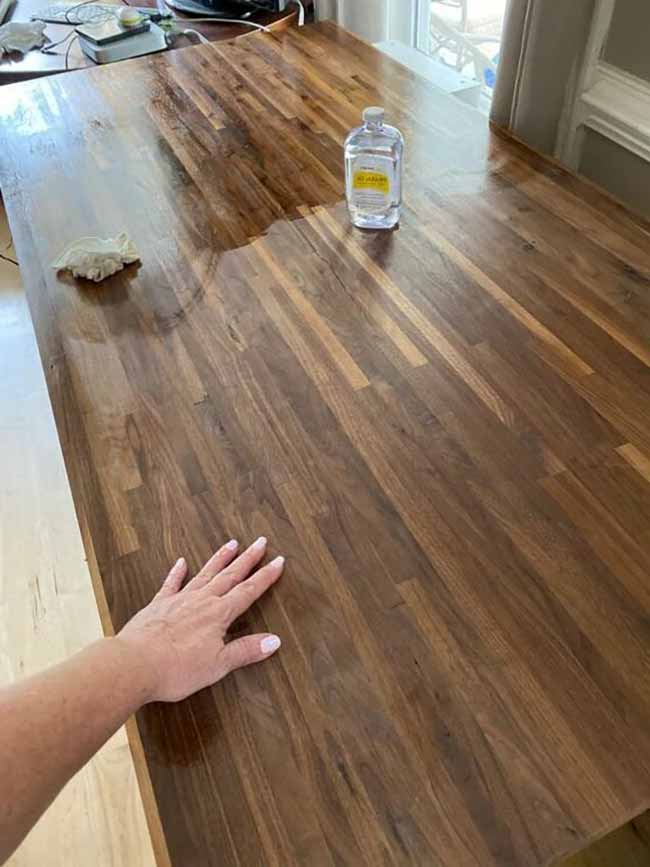
Con 1: Moisture Vulnerability
Butcher block is sensitive to liquids, and water and wood don’t mix well. It can absorb moisture, leading to germ growth, mold, stains, and warping. However, don’t worry! Sealing it post-installation and monthly resealing with food-safe mineral oil can prevent these issues. It requires more effort than low-maintenance materials like glass or stainless steel, but it’s manageable. Applying one or two coats of mineral oil with a soft cloth forms a protective barrier against spills.
Con 2: Temperature-Related Size Changes
Wood expands and contracts with temperature shifts. In summer, it expands by about 1/8 inch, and in winter, it contracts by the same amount. To avoid problems, allow sufficient space around the countertop to accommodate these changes.
For open cabinet installations, leave a 1/8-inch gap between the countertop edges and the walls. If your cabinets have a solid top, attach furring strips on top of the cabinet and rest the countertop on them, providing room for adjustment without warping or cracking.
Butcher Block Countertops Care Tips
While cutting directly on butcher block countertops is possible, it’s not advisable, as knives can leave unsightly marks. Feel free to use it for rolling out dough, prepping sandwiches, and arranging platters. To maintain your countertop’s appearance, avoid placing hot items directly on it, prevent prolonged exposure to liquids, and refrain from using pens that bleed through paper.
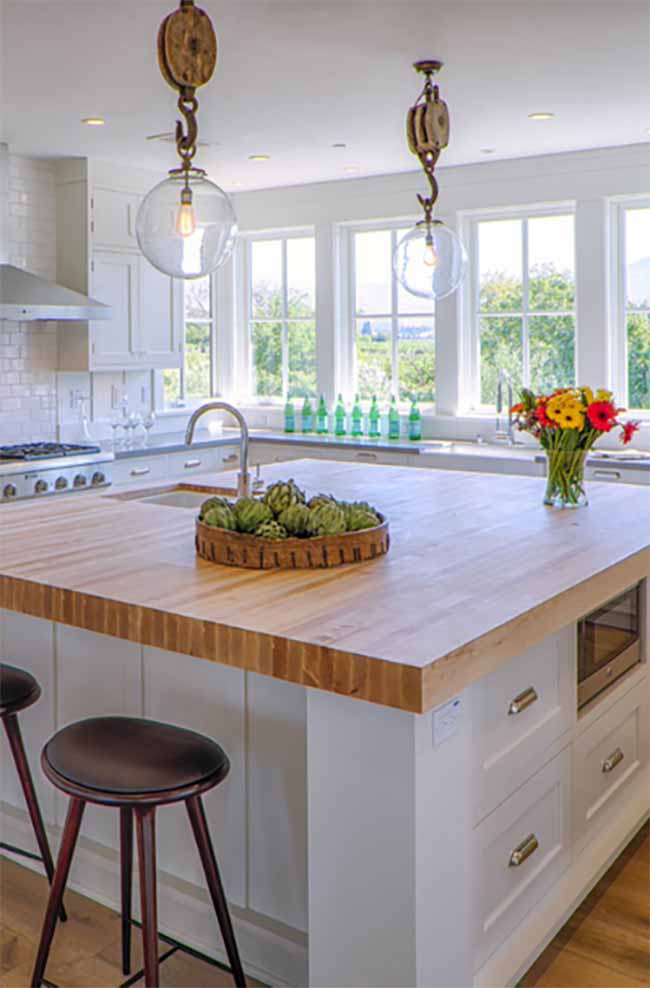
Image credit: Matt Guidi
Caring for butcher block is straightforward. Clean it daily with soapy water and dry it with a cloth. Every two months, apply food-safe mineral oil to prevent drying, cracking, and to refresh its appearance.
One of the great things about butcher block is its renewability. Every few years, sand the surface with fine-grit sandpaper. Take your time, apply minimal pressure, and move methodically. This process, lasting about an hour, will reveal a pristine countertop ready for reoiling and regular use.
Compare to Other Popular Kitchen Surface Types
Granite: Granite countertops are known for their durability and resistance to heat, which makes them a popular choice. They are also relatively low-maintenance. Modern sealants, when applied properly, can last for several years and are easy to reapply. One important consideration is the color of the granite. Darker options are denser and less likely to stain, but it’s essential to be aware of natural variations in speckling patterns within the same piece of stone. The countertop you receive may look slightly different from the store sample. To avoid surprises, it’s a good idea to inspect the actual piece you’ll be installing before making a decision.
Marble: Marble is another robust and long-lasting option if properly sealed. It can withstand heat, and it’s available in a wide range of colors. What sets marble apart is its more consistent veining within single slabs, which can create an elegant and timeless look in your kitchen. However, marble requires more frequent sealing, often as frequently as every six months, to prevent scratches and stains. Acidic substances like lemon juice and vinegar can etch permanent stains into marble if left too long, so it’s essential to be cautious with these materials.
Solid Surface: Solid surface countertops, such as Corian, Swanstone, and Avonite, are made of acrylic. Like engineered stone, they are nonporous, eliminating the need for sealing. One notable advantage is that they can be installed without visible seams, providing a seamless appearance. However, they are generally less durable than engineered stone countertops and are more susceptible to burn marks and scratches.
Stainless Steel: Stainless steel countertops are highly resistant to staining and are often used in professional kitchens. They can withstand frequent exposure to oil, water, and acidic spills. However, they can be prone to dents and scratches over time, especially from contact with cookware or cutlery. Additionally, stainless steel shows smudges and fingerprints easily, so regular cleaning is essential. Also, be mindful that loud clanging can result from placing pots and dishes on stainless steel surfaces, so handle your cookware with care.
Engineered Stone: Engineered stone countertops are typically composed of ground stone, often quartz crystals, and polyresins. This combination allows for a variety of textures and colors. A significant advantage is that engineered stone countertops are nonporous, so they don’t require sealing. However, it’s crucial to be aware that in some cases, hot pots and pans may melt the resins used in these surfaces, leaving permanent burn marks. To avoid this, always use trivets or hot pads.

